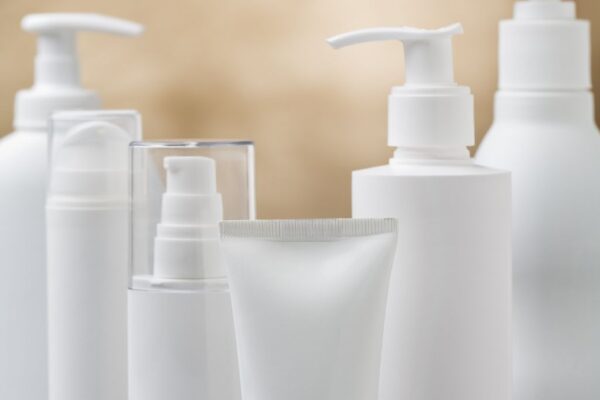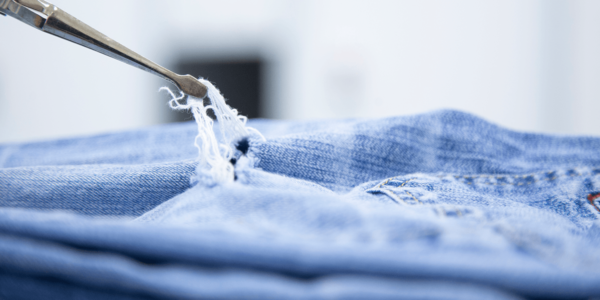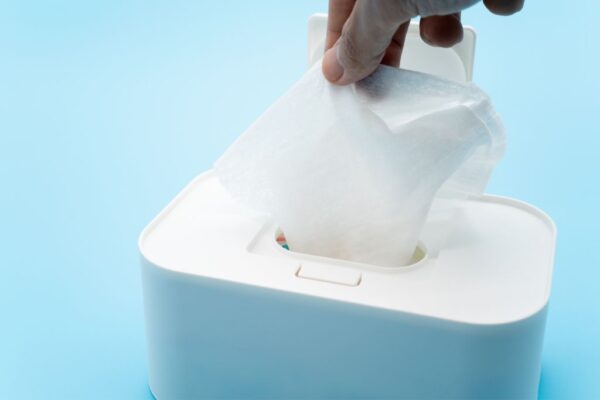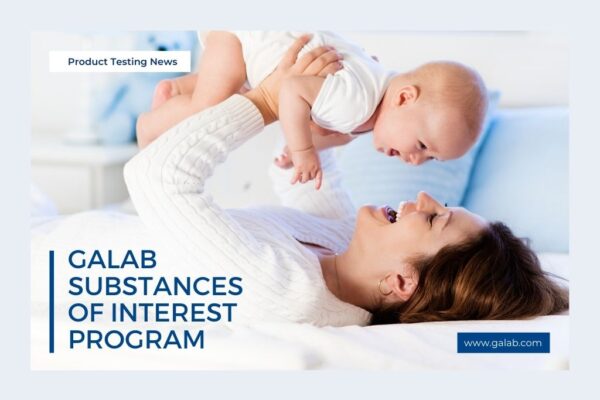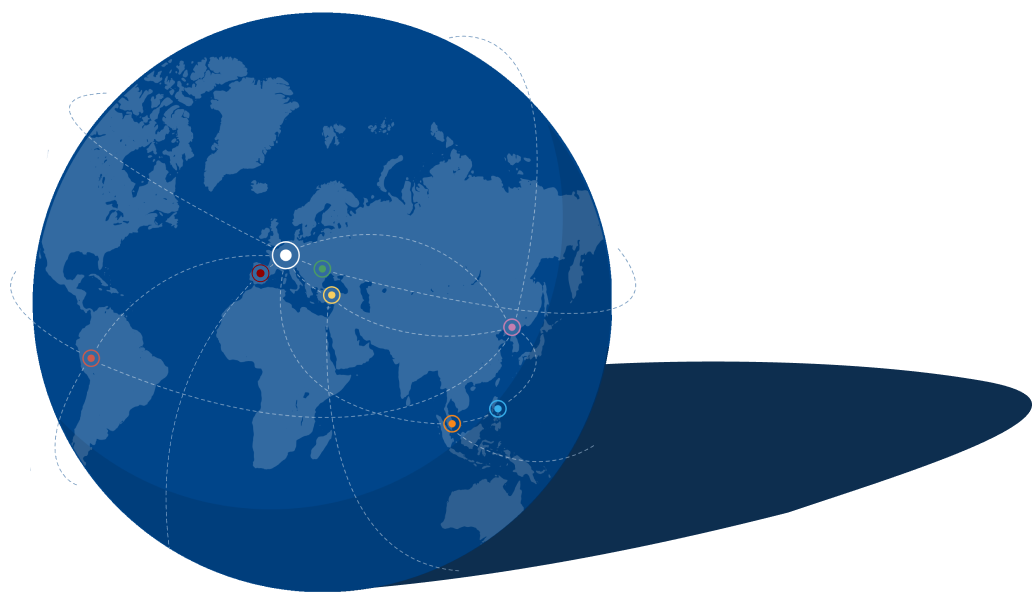GALAB Allergenic Fragrance Screening 50+
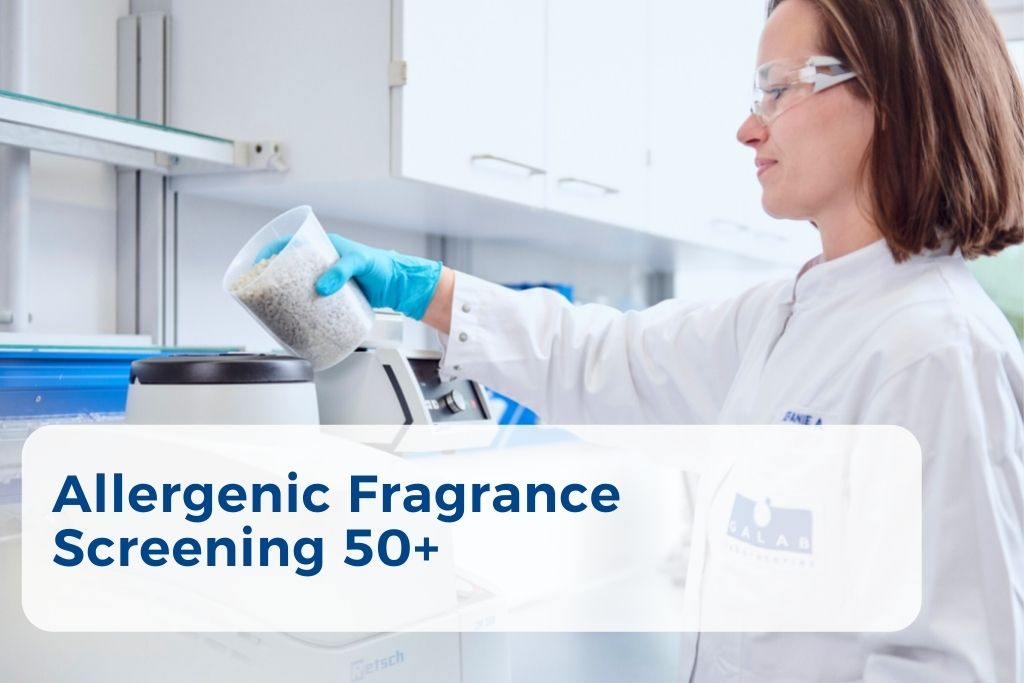
Background:
The modification of Regulation 1223/2009 on cosmetic products requires the explicit
declaration of allergenic fragrances when present in a cosmetic product at specified
levels. This extension covers 61 distinct substances and over 30 different plant extract
products. All listed compounds have been identified as having potential skin-irritating
and/or sensitizing properties. Consequently, it is advisable to reduce the use of these
substances in products intended for skin contact.
In the sensitive area of hygiene products such as baby diapers or menstrual products,
the presence of allergenic substances is generally considered to be technically avoida-
ble and should be reduced to a technically unavoidable level.
GALAB Laboratories employs cutting-edge analytical technology, specifically LC-MS/
MS and GC-MS/MS, facilitating the comprehensive detection of all components and
potential skin-sensitizing/irritating fragrances through a multi-method approach. This
sophisticated methodology ensures the exclusion of any presence of potential allerge-
nic natural plant extracts.
Our analytical services in the cosmetic product area include facilitating the declara-
tion of allergenic fragrances in accordance with the specifications set out in Annex III
of Regulation (EC) No 1223/2009, with levels set at 10 mg/kg for leave-on products and
100 mg/kg for rinse-off products. In addition, our analysis includes compliance with the
limitations and bans outlined in Annex II of Regulation (EC) No. 1223/2009 regarding
specific fragrances.
Further Information
Parameters & Analytical Methods
-
State-of-the-Art Analysis
We constantly update our spectrum of parameters to the latest developments in the food analysis sector and offer state-of-the-art analytical methods for the safety of your products.
-
Comprehensive multi-methods
We are constantly expanding our range of services in order to be able to guarantee you a comprehensive range of analyses. We offer multi-methods for mycotoxins, dioxin analysis or molecular biological analysis for GMOs and allergens. The GALAB Pesticide500Plus® multi-method can even be used for difficult matrices such as spices and herbs.
-
Constant development
If you cannot find the parameter/analysis you are looking for here, please do not hesitate to contact us. Our research and development department implements your requirements and specifications cost-efficiently and with a high quality standard.
-
Quality Policy
GALAB Laboratories has implemented a quality management system to allow for optimum service for their customers. It is our goal to establish close relations to customers by customer satisfaction. Therefor quick reactions to customers’ specific needs as well as considerations for quality demands of the market are necessary. We strive to provide comprehensive and professional advice to our customers. Learn more
Get in touch, we will help you.


